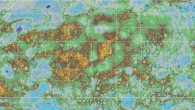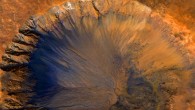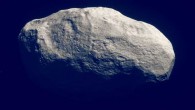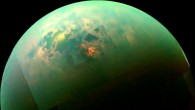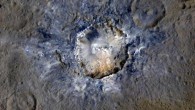A new study modeling conditions in Europa’s global liquid ocean suggests that the necessary balance of chemical energy for life could exist there. Europa. Image credit: NASA / JPL-Caltech. Europa, the sixth-closest moon of Jupiter and the smallest of its four Galilean satellites, is believed to hide an ocean of salty liquid water beneath its frozen surface. Whether Europa has the raw materials and chemical energy in the right proportions to support...

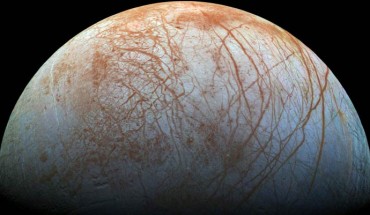
![SOFIA/GREAT spectrum of oxygen [OI] superimposed on an image of Mars from NASA’ MAVEN mission. The amount of atomic oxygen computed from SOFIA data is about half the amount expected. Image credit: NASA / DLR / USRA / DSI / MPIfR / GREAT Consortium / MPIfS / Rezac et al / MAVEN.](https://cdn.sci.news/images/2016/05/image_3853-Mars-Atomic-Oxygen-195x110.jpg)
